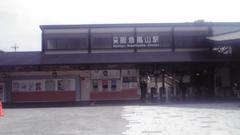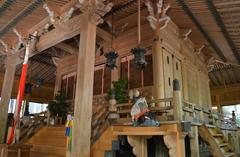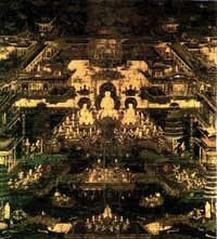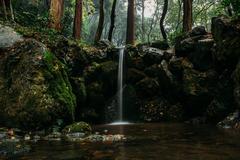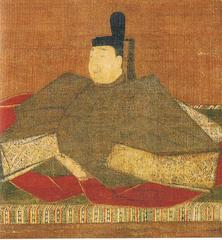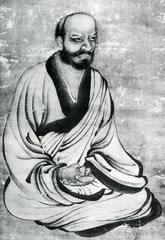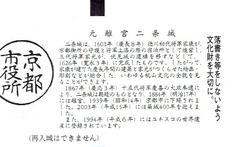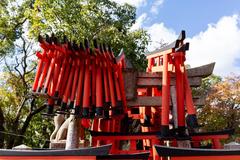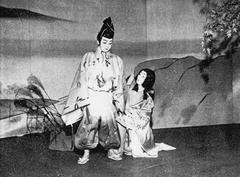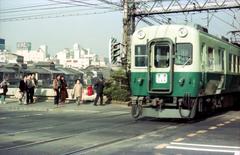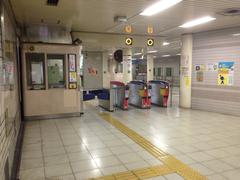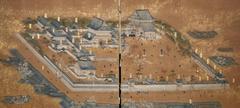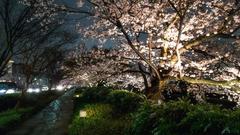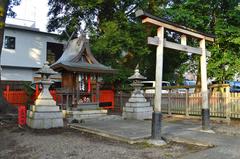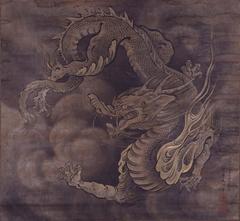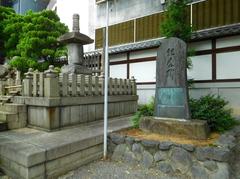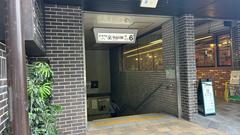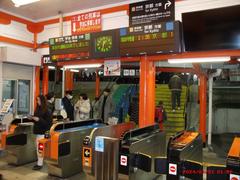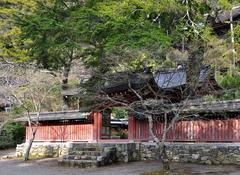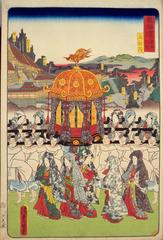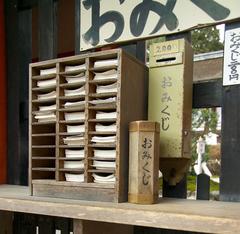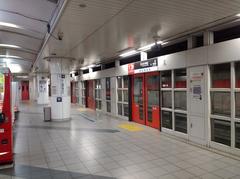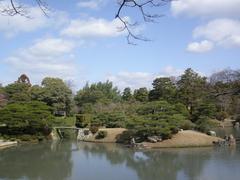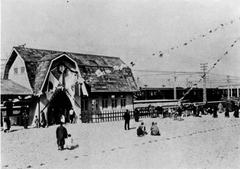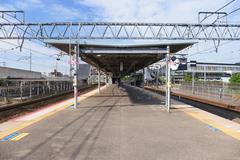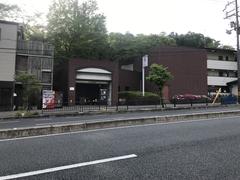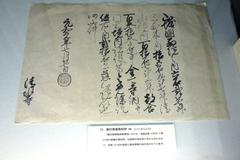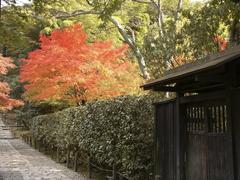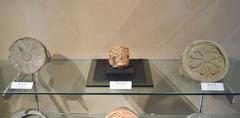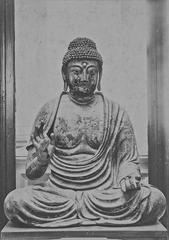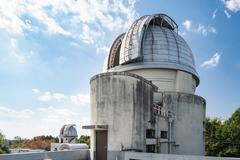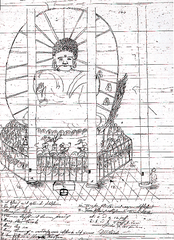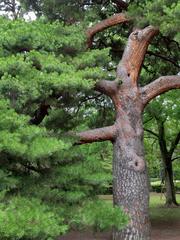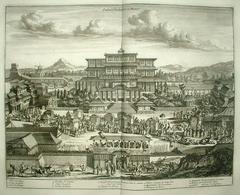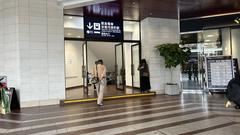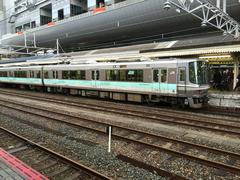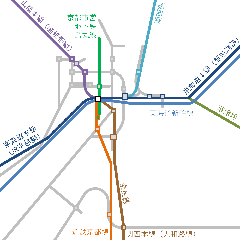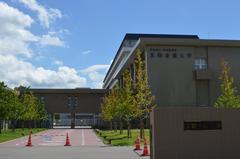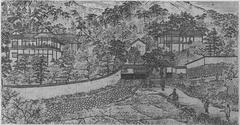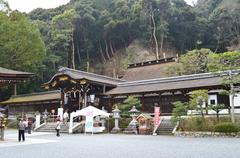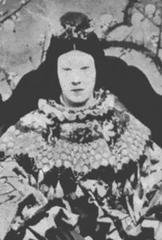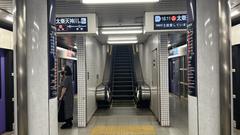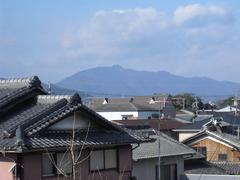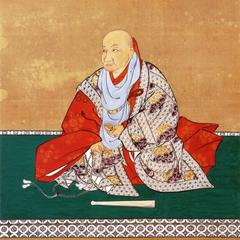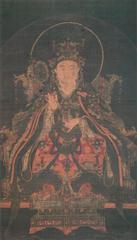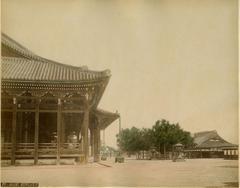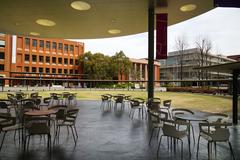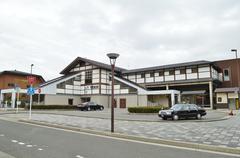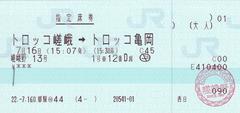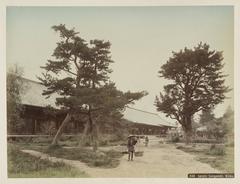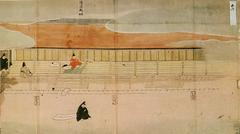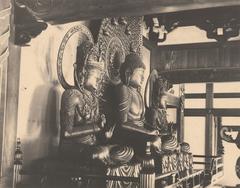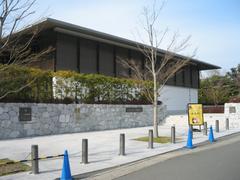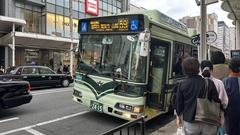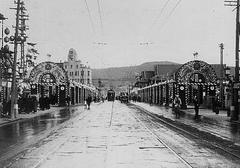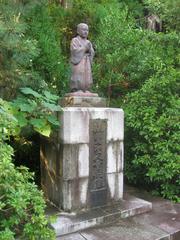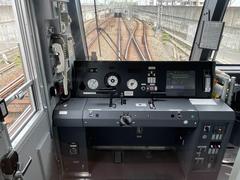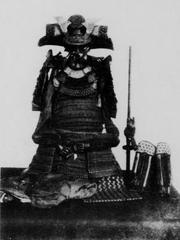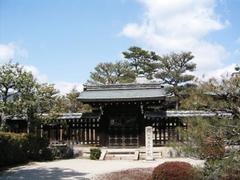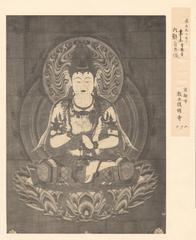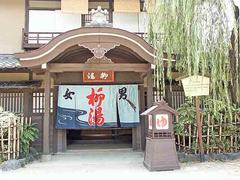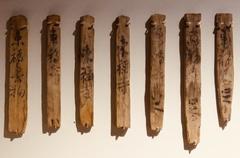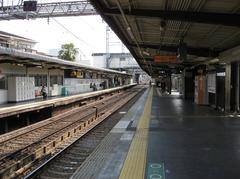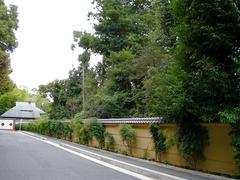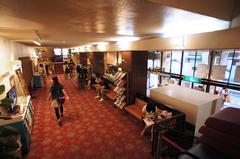Toba-Kaidō Station Kyoto: Visiting Hours, Tickets & Travel Guide
Date: 04/07/2025
Introduction
Toba-Kaidō Station stands as a vital gateway to Kyoto’s deep-rooted cultural heritage and thriving urban life. Located in Kyoto’s historic Toba district, the station’s legacy is tied to the Edo-period kaidō (old highways) and pivotal moments in Japanese history, such as the Battle of Toba-Fushimi and the ensuing Meiji Restoration. Today, Toba-Kaidō Station on the Keihan Main Line (notably, some sources refer to the Kintetsu Kyoto Line, but the station is officially on the Keihan network) provides seamless access to iconic sites including Fushimi Inari Taisha, Tofuku-ji Temple, and the Fushimi Sake District.
This comprehensive guide covers the station’s historical background, practical visiting information, accessibility, nearby attractions, and essential travel tips. Whether you’re a history buff, cultural enthusiast, or casual traveler, this article will help you make the most of your Kyoto experience starting at Toba-Kaidō Station.
For official details and updates, refer to the Keihan Electric Railway website, Fushimi Inari Shrine official site, and additional context via the Off the Beaten Paths Japan blog.
Table of Contents
- Introduction
- Origins of Toba-Kaidō Station: Historical Context
- Development and Modern Role of the Station
- Visiting Hours, Tickets & Accessibility
- Nearby Attractions and Travel Tips
- Cultural and Social Impact
- Notable Events and Transformations
- How to Get There and Station Facilities
- The Toba-Kaidō Road and Its Significance
- Architectural and Urban Context
- Role in Kyoto’s Cultural Tourism
- Visitor Tips & Etiquette
- Visiting Fushimi Inari Taisha: Access, History, and Guide
- Toba-Kaidō Station: Hours, Tickets, and Kyoto Sites
- Seasonal Events & Local Experiences
- FAQ
- Conclusion
- References
Origins of Toba-Kaidō Station: Historical Context
Toba-Kaidō Station’s story is woven into the development of Japan’s kaidō—official roads of the Edo period (1603–1868) connecting major cities like Edo (Tokyo) and Kyoto. The Toba district, situated on the southern approach to Kyoto, served as a strategic entry point for travelers along the Tōkaidō and other key routes, making it a natural site for a post station. The word “eki” (駅), meaning station, originates from these historic waystations (Off the Beaten Paths Japan blog).
Development and Modern Role of the Station
Established in the early 20th century (April 15, 1910), Toba-Kaidō Station reflects Kyoto’s modernization and the expansion of its railway networks (Japanese Wiki). Serving the Keihan Main Line, it links southern Kyoto to the city center and beyond, facilitating commutes, tourism, and access to educational and cultural institutions. The station has adapted over time, upgrading facilities and accessibility to meet modern needs while maintaining its historical resonance.
Visiting Hours, Tickets & Accessibility
Visiting Hours
- Operating Hours: Daily from approximately 5:30 AM to midnight, aligned with the Keihan Main Line schedule. Station services and ticket counters operate during standard daytime hours (Keihan Electric Railway).
Tickets and How to Purchase
- Ticket Purchase: Automated ticket machines and staffed counters are available. IC cards such as ICOCA or PiTaPa are accepted for efficient, cashless travel.
- Fare Example: A short trip to Kyoto Station typically costs around 230 yen.
- Official Fare Information: Keihan Electric Railway
Accessibility
- Facilities: Elevators, ramps, tactile paving, and barrier-free pathways make the station accessible for travelers with disabilities. These features are part of Japan’s broader transportation inclusivity efforts.
Nearby Attractions and Travel Tips
Toba-Kaidō Station is an excellent starting point for exploring Kyoto’s cultural treasures:
- Fushimi Inari Taisha: World-famous for its “Senbon Torii” (thousands of vermilion gates), just a 10–15 minute walk away.
- Tofuku-ji Temple: Renowned for autumn foliage and historic Zen gardens, accessible on foot or a short train ride.
- Fushimi Sake District: Explore traditional sake breweries, museums, and canals.
- Higashiyama District: Historic streets, temples, and machiya townhouses.
- Sanjusangendo: Home to 1,001 statues of Kannon, the Buddhist goddess of mercy.
Travel Tips:
- Visit during spring or autumn for cherry blossoms and foliage.
- Use IC cards for transit ease.
- Plan early morning visits to popular sites to avoid crowds.
Cultural and Social Impact
Toba-Kaidō Station is more than a transit hub; it symbolizes Kyoto’s harmonious blend of tradition and innovation. The station’s proximity to local festivals such as Gion Matsuri and Gozan-no-Okuribi connects visitors to living traditions (More on Kyoto festivals). Its presence has spurred economic growth and community revitalization in the surrounding neighborhoods.
Notable Events and Transformations
- Modernization: Installation of automated ticket gates, multilingual signage, and improved accessibility.
- Urban Integration: Spurred development of residential and commercial facilities nearby.
- Historical Preservation: Community efforts maintain the area’s historic character through signage, events, and walking tours.
- Disaster Response: Robust safety protocols and pandemic-era hygiene measures ensure traveler safety.
How to Get There and Station Facilities
- Access: Served by the Keihan Main Line. From Kyoto Station, take the Keihan Line towards Yodoyabashi.
- Facilities: Waiting areas, restrooms, English signage, and limited coin lockers. Larger luggage storage is available at Kyoto Station.
- Accessibility: Ground-level platforms, underground passage, elevators, and ramps.
The Toba-Kaidō Road and Its Significance
The Toba-Kaidō Road was crucial during the late Edo period, especially as the site of the Battle of Toba-Fushimi (1868), which marked the beginning of the Meiji Restoration. While the battlefield is over two kilometers away, Jujo-dori Street links the station to this historic route (Japanese Wiki).
Architectural and Urban Context
Toba-Kaidō Station’s modest, ground-level structure and side platforms complement Kyoto’s historic cityscape, reflecting the city’s commitment to blending modern infrastructure with traditional aesthetics (Tsunagu Japan).
Role in Kyoto’s Cultural Tourism
The station enhances access to Kyoto’s most visited sites and seasonal events—especially the autumn colors at Tofuku-ji and the vibrant rituals at Fushimi Inari Taisha (Woke Waves). It also serves as a gateway for heritage walks and culinary experiences in the Fushimi Sake District.
Visitor Tips & Etiquette
- Bow at temple gates and observe purification rituals.
- Remove shoes where required.
- Maintain a quiet, respectful demeanor at religious sites.
- Check photography policies before shooting inside temples or shrines.
- Plan ahead using transit apps and local maps.
Visiting Fushimi Inari Taisha: Access, History, and Guide
Fushimi Inari Taisha is Kyoto’s iconic Shinto shrine, founded in 711 AD and dedicated to Inari, the deity of rice and prosperity. The shrine is famed for its “Senbon Torii” gates and scenic trails up Mount Inari.
- Opening Hours: Grounds open 24/7. Main buildings: 6:00 AM–6:00 PM.
- Admission: Free to shrine and trails (Fushimi Inari Shrine official site).
- Access: From Toba-Kaidō Station, a 10–15 minute walk; from Kyoto Station, take the JR Nara Line to Inari Station.
- Facilities: Guided tours, information centers, restrooms near the entrance. Main areas are wheelchair accessible, though trails are steep.
- Photo Tips: Early mornings offer the best light and least crowding.
- Nearby: Fushimi Sake District, Byōdō-in Temple (Uji), and local markets.
Toba-Kaidō Station: Hours, Tickets, and Kyoto Sites
- Operating Hours: 5:30 AM–midnight.
- Ticketing: Automated machines, counters, and IC card acceptance.
- Facilities: Waiting areas, restrooms, English signage; limited lockers.
- Key Sites Nearby: Fushimi Inari Taisha, Tofuku-ji, Fushimi Sake District, Sanjusangendo, Kyoto Tower, Jonangu Shrine, Kyoto Railway Museum.
- Local Dining: Try Kyoto’s traditional sweets, kaiseki cuisine, and sake tastings in Fushimi.
Seasonal Events & Local Experiences
- Gion Matsuri (July): Kyoto’s grandest festival with parades and performances.
- Gozan-no-Okuribi (August 16): Bonfire festival marking the end of Obon.
- Autumn Foliage (November): Best viewed at Tofuku-ji and surrounding gardens.
- Hidden Gems: Fushimi Momoyama Castle, Teradaya Inn, neighborhood sento (public baths).
FAQ
Q: What are Toba-Kaidō Station’s operating hours?
A: Approximately 5:30 AM to midnight, following Keihan Main Line schedules.
Q: How do I buy train tickets at the station?
A: Use ticket machines, counters, or IC cards like ICOCA and PiTaPa.
Q: Is the station accessible for people with disabilities?
A: Yes, with elevators, ramps, and tactile paving.
Q: Are there luggage facilities?
A: Limited coin lockers at the station; larger storage is available at Kyoto Station.
Q: Can I buy attraction tickets at the station?
A: No; purchase those directly at each site.
Q: When is the best time to visit nearby attractions?
A: Early morning or weekdays for fewer crowds; spring and autumn for seasonal beauty.
Conclusion
Toba-Kaidō Station is more than a transit point—it’s your entryway to Kyoto’s unparalleled history, culture, and scenic beauty. With direct access to world-renowned shrines, temples, and neighborhoods, the station combines practicality with heritage for a memorable travel experience. Use this guide to plan your journey, respect local customs, and immerse yourself in Kyoto’s timeless charm.
For further updates and travel resources, download the Audiala app and follow Keihan Electric Railway and Kyoto Tourism Official Site.
References
- Off the Beaten Paths Japan blog
- Japanese Wiki
- Keihan Electric Railway
- Fushimi Inari Shrine official site
- Tsunagu Japan
- Kyoto Tourism Official Site
- Woke Waves
Ready to explore? Download the Audiala app for real-time updates and personalized Kyoto travel tips. Follow us on social media for exclusive offers, the latest guides, and local inspiration!

